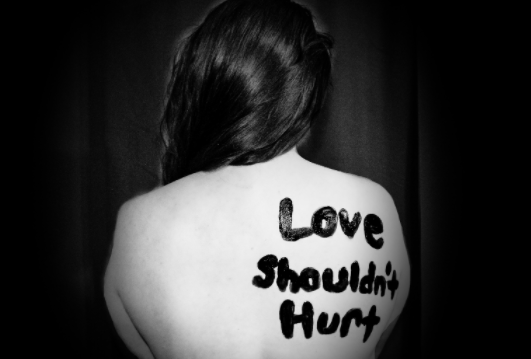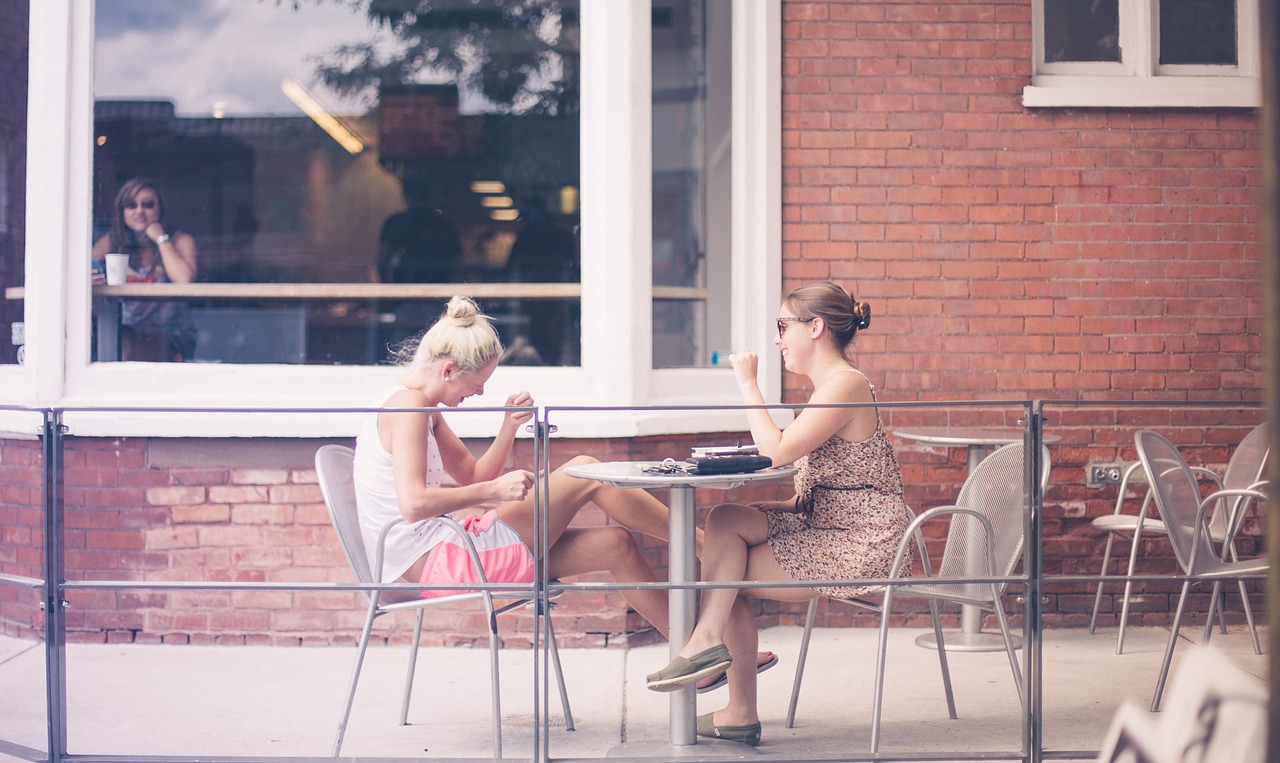
The COVID-19 pandemic is now recognized as one of the worst global health emergencies in history. As of March 2022, there are over 456 million cases and about 6 million fatalities worldwide (World Health Organization, 2022). In other words, millions of people have been detrimentally affected by a tragic loss of a loved one at the hands of this virus.
As a result, many have felt and continue to feel overwhelmingly anxious and uncertain about how to come back from such a difficult time. From the strict travel restrictions to stay-at-home orders, some feel like it’s been a never-ending battle. This is especially the case for women, who have been and continue to be disproportionately impacted by this global pandemic.
In honor of Women’s History Month, we have written this blog to highlight the unique effects of COVID-19-related stress on women and to offer healthy ways to cope with these impacts.
The Impact on Women
Wages & the Workforce
Studies and statistics have consistently shown that women are the one of the most marginalized groups to suffer from job inequality (e.g., International Labor Organization, 2021; Jaffee, 1989; Wooll, 2021). For centuries, they have been treated as less than in the job market. While COVID-19 led to a narrowed wage gap, this was likely due to increasing inequality, rather than actual progress for women (Institute for Women’s Policy Research, 2021; Nguyen, 2021). This is because the lowest-paid women were at highest risk of losing their job as a result of the COVID-19-induced recession. Thus, they were no longer counted in women’s average earnings. Given this unfortunate loss, the public should not classify the lessened gender wage gap as an advancement, but rather, as another sign that gender inequality continues to be a prevalent issue in the workforce, especially during the pandemic. Corporations and employers must recognize these systemic issues and fight to narrow, and eventually, close this inequitable gap.
Motherhood & Childcare
Recent studies are showing an alarming increase in the gender gap for childcare as a result of COVID-19 (Lacey & Bricker, 2021; Newall & Machi, 2020; UN Women, 2020). During the pandemic, women are twice as likely than men to state that they will handle the majority of their family’s childcare themselves, and are four times less likely than men to identify their partner or spouse as the one to handle most of the childcare responsibilities in their families. In addition, women are spending, on average, 5 more hours per week on childcare (26 hours vs. 31 hours) since the pandemic began. In other words, across the globe, women are dedicating over approximately 30 hours per week entirely on childcare, which is nearly equivalent to having another full-time job. Thus, on top of the inequalities they face in wages and employment, women are also enduring the added stress from motherhood. It has long been an issue that parental involvement and commitment is disproportionately assigned to women, but this pandemic has further exacerbated this inequality. More must be done to supply mothers with the resources and accommodations they need to support their children and most importantly, themselves.
Mental Health
Finally, research has highlighted the devastating impact of COVID-19 on the mental health of vulnerable populations (Lacey & Bricker, 2021; Thibaut & van Wijngaarden-Cremers, 2020). Although this pandemic has been an obstacle for everyone, women have reported that they feel significantly more threatened by the virus with respect to their financial, health, and mental status, than men.
Furthermore, studies have concluded an approximate 10-point gap between men and women when asked whether their mental health has worsened over the course of the pandemic. This disparity is heightened among mothers, who, compared to fathers, are nearly twice as likely to report that their mental health has worsened since the start of the pandemic. All of this information illustrates that women are facing a multitude of crises beyond the pandemic itself: workforce inequality, motherhood penalty, and mental health deterioration.
Coping Tools
Having positive ways to cope during this stressful time is essential to maintaining a positive relationship with ourselves and those around us.
Take Time for Yourself
Spending time in quarantine has left us with much time to reflect. Now that vaccinations are available and some restrictions have been lifted, many of us are starting to get back to our daily routines, but continuing to forget to take well-deserved time for self-care. It is absolutely crucial to take care of yourself and ensure you are at your best. Never feel bad for taking a break.
Journaling
For those who do not have access to therapy, a common tool many providers suggest is journaling – which is the simple act of writing down all of your thoughts and feelings for a certain period of time as a means of acquiring a clearer, better understanding of yourself. It can greatly assist with gaining more control of your emotions and thus, improve your mental health.
Meditation
Another suggested coping mechanism is meditation. For example, simple breathing exercises and body scans can help you remain grounded and leveled, especially if you feel that you are losing control of your emotions and/or are overwhelmed.
Spread Awareness
One way to fight back against the wage gap and childcare inequality is to spread awareness about the disadvantages faced by women during the pandemic. This includes engaging in active and critical discussions on how we can best overcome these struggles.
Social Support
Social support is defined as the psychological and material resources provided by a social network (friends, family, partners, etc.) to help individuals cope with stress. It has been a proven coping mechanism that successfully promotes health, well-being, and relationship satisfaction. It is crucial to recognize that you are not alone in your struggles, and that it is okay to confide in your close others for support, especially those who share your lived experiences.
Professional Help
Seeking professional help, such as individual/group psychotherapy and support groups, can be significantly beneficial for your mental well-being. Therapy can help you navigate the difficult process of unpacking the distress and trauma that may have come with this pandemic, especially as a woman. Further, as a result of the pandemic, people have been more willing to attend therapy more than ever, which shows the amount of growth we as a society have been able to overcome in regards to stigma. However, it is understandable to feel fear and hesitation when seeking therapy, especially if you have not reached out for mental health support in the past. It’s okay to take the time you need to find the right therapist and to decide if it is what you need to heal.
Many of our therapists at California Women’s Therapy are currently accepting new clients for one-on-one, virtual psychotherapy, so this may be a great place to start!
*****
This blog was written by Maggie Yao, B.S. – an Administrative Assistant with California Women’s Therapy.
References
Institute for Women’s Policy Research. (2021, March 24). Equal pay day 2021: The results of a COVID-impacted economy. https://iwpr.org/media/in-the-lead/equal-pay-day-2021-the-results-of-a-covid-impacted-economy/
International Labor Organization. (2021). Gender inequality and women in the US labor force. https://www.ilo.org/washington/areas/gender-equality-in-the-workplace/WCMS_159496/lang–en/index.htm
Jaffee, D. (1989). Gender inequality in workplace autonomy and authority. Social Science Quarterly, 70(2), 375-390.
Lacey, N. & Bricker, D. (2021, March 31). The COVID-19 effect on the global gender gap: Measuring it is the first step towards closing it. World Economic Forum. https://www.weforum.org/agenda/2021/03/the-covid-19-effect-on-the-global-gender-gap-measuring-it-is-the-first-step-towards-closing-it/
Newall, M. & Machi, S. (2020, July 30). Concerns about COVID-19, election interference loom as November nears. Ipsos. https://www.ipsos.com/en-us/concerns-about-covid-19-election-interference-loom-november-nears
Nguyen, T. L. (2021, March 14). Gender wage gap shrank because of COVID-19, but that’s not a good thing. WTSP. https://www.wtsp.com/article/money/economy/gender-wage-gap-shrank-of-covid-19/67-4b6617b2-9d4c-4e21-b51a-67bd366b4105
Thibaut, F., & van Wijngaarden-Cremers, P. (2020). Women’s mental health in the time of Covid-19 pandemic. Frontiers in Global Women’s Health, 1, 17.
UN Women. (2020). Whose time to care? Unpaid care and domestic work during COVID-19. https://data.unwomen.org/sites/default/files/inline-files/Whose-time-to-care-brief_0.pdf
Wooll, M. (2021, October 15). Gender inequality in the workplace: The fight against bias. BetterUp. https://www.betterup.com/blog/gender-inequality-in-the-work-place
World Health Organization. (2022, March 14). WHO Coronavirus (COVID-19) dashboard. https://covid19.who.int/







